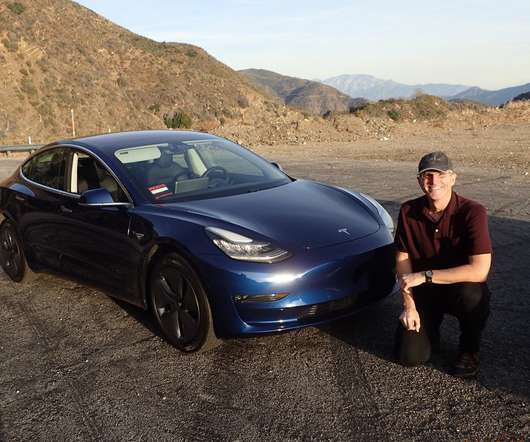The new F-150 has a past
Electric Auto Association
JUNE 22, 2021
‘E&E News’ tells the story of the Ford RangerEV BY RON FREUND: Director, ELECTRIC AUTO ASSOCIATION. The three US electric vehicles (EVs) were the iconic GM EV1 , Chrysler TEVan , and the nearly forgotten Ford RangerEV , Ford used lead-acid batteries with the expected driving range of nearly 65 miles on warm, windless summer days.












Let's personalize your content